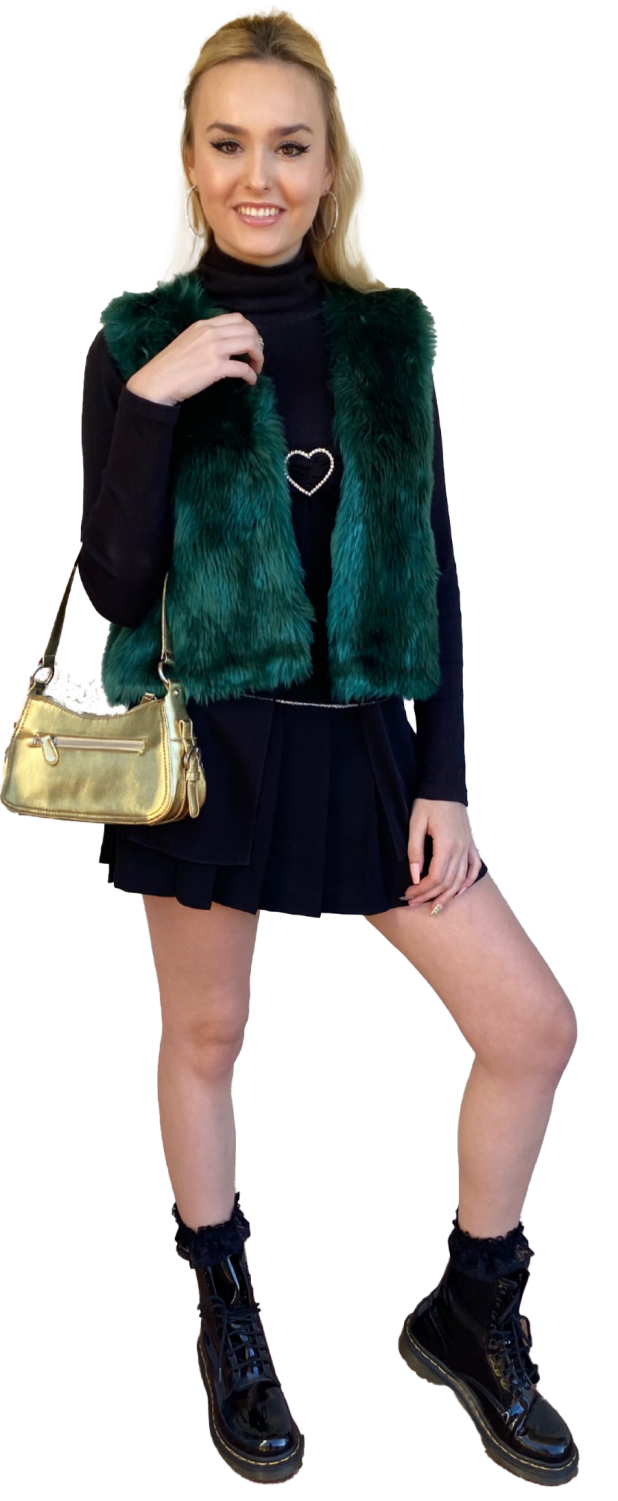Thrift-Shopping is Good for the Planet, and Your Budget
As the fashion industry has continued to grow, upcycling clothing has become more important. The fashion industry is the second largest polluter in the world, and environmental damage increases as the industry builds.
The production of materials that make up these fabrics, and the toxic wastewater being released from factories are only a few contributors in the overall negative impact the fashion industry is having.
In most countries where these garments are produced, untreated toxic wastewaters from textile factories are dumped directly into the rivers.
This wastewater contains toxins such as lead, mercury, and arsenic, which are extremely harmful for aquatic life and the health of people living by those river banks.
During the agricultural process of constructing textiles, the fertilizer used for cotton production heavily pollutes runoff and evaporation waters.
The production of garments also requires an immense amount of water to be used for dyeing our clothing. Since many foreign countries rely on this industry to support their economies, there are not strict environmental regulations for factories.
It has become imperative that we begin to buy our clothing second-hand if we want to preserve our valuable resources. Luckily, it has never been easier.
With social media promoting and popularizing thrifting, it has become a trend to buy secondhand.
“When people post hauls showing the pieces they thrifted, it makes others think, if she/he/they can do it, then so can I. People would be more inclined to shop second hand if more influencers they follow on Instagram and TikTok demonstrated themselves doing so,” senior Ife Ibraheem said.
When determining where to begin your thrifting journey, there are endless options to choose from.
You can visit thrift stores, consignment stores, flea markets, estate/garage sales, or any of the online platforms if you prefer to do your shopping in the comfort of your home.
Upon first arriving at a thrift store, it can be overwhelming. There are clothes lining every wall of the store, clothes in bins, and accessories galore. It’s easy to get caught up in the big picture and assume it’s too difficult to find something you will like. In order to avoid this situation, you need a game plan.
“Go into the thrift store of your choice with an idea of what you’re looking for,” Ibraheem said.
This may prevent any distractions you feel from all the endless clothes. Choose one section or category in the store and go from there.
Next, “make sure you are energized and ready to be on your feet for two hours or more,” Ibraheem continued.
Thrifting is supposed to be fun, but it can be draining even when you are properly prepared.
Another way to get involved is by selling or donating your clothing.
Uptown Cheapskate and Buffalo Exchange are just two local stores that will buy your clothes from you.
Keep in mind that they can be pretty particular in what they are looking for, so they don’t always take everything you offer. But if you are successful, it is a great way to give back and make some money.
If you don’t have any luck there, try an online platform or simply donate it.

Sydney Lyle is a new member of The Point this year and she is involved in many things on the PV high campus. She is a part of Open Orchard Productions,...
